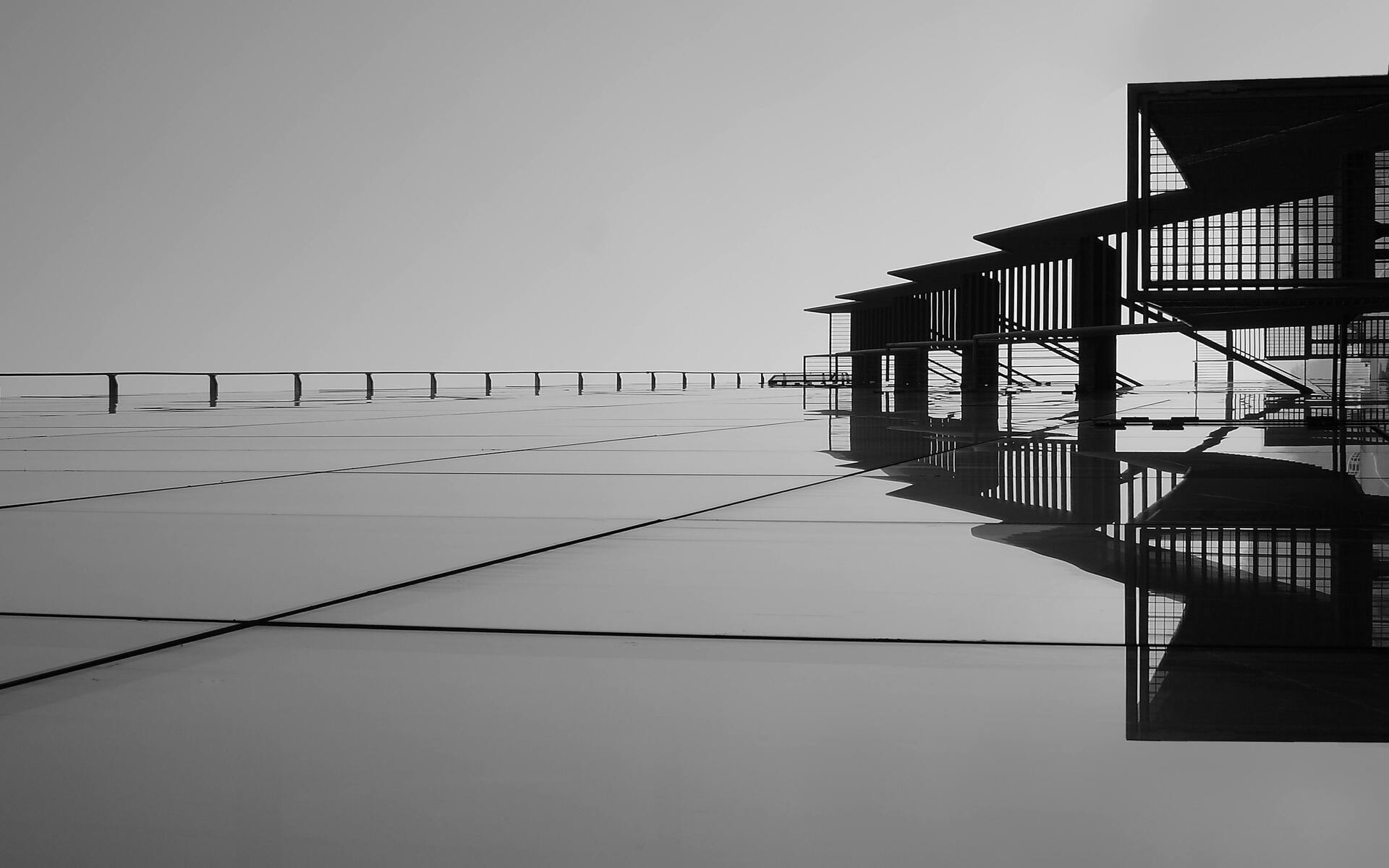
FAQ About Architectural Photography
Architectural Photography
2 years ago | gizem
What are some common composition techniques used in architectural photography?
Architectural photography relies on various composition techniques to create visually compelling and aesthetically pleasing images of buildings and structures. Here are some common composition techniques frequently used in architectural photography:
- Rule of Thirds: Divide the frame into a 3x3 grid, and position key elements of the architecture along the gridlines or at their intersections to create a balanced composition.
- Leading Lines: Use architectural lines, such as roads, pathways, or building edges, to lead the viewer's eye into the photograph and toward the main subject. Leading lines can add depth and guide the viewer's gaze.
- Symmetry and Balance: Emphasize symmetry and balance in architectural compositions, especially when photographing buildings with a symmetrical design. Center the subject, ensuring that elements on both sides of the frame mirror each other.
- Frame Within a Frame: Use architectural features like doors, windows, or arches to frame the subject. This technique adds depth and context while drawing attention to the building or detail within the frame.
- Foreground Interest: Include interesting foreground elements, such as vegetation, sculptures, or objects, to add depth and context to the composition. These elements can create a sense of scale and provide an entry point for the viewer.
- Layering: Incorporate multiple layers within the frame to create depth and complexity. This can involve having elements in the foreground, midground, and background to enhance the three-dimensional feel of the photograph.
- Dutch Angle (Tilted Perspective): Experiment with tilting the camera to create a dynamic and unconventional perspective. This technique is useful for adding drama and a sense of movement to the composition.
- Golden Ratio (Fibonacci Spiral): Similar to the rule of thirds, the golden ratio is a mathematical concept that can guide composition. Position key elements along the spiral or grid to achieve a balanced and visually pleasing result.
- Minimalism: Simplify the composition by eliminating unnecessary distractions and focusing on a single, powerful element or detail of the architecture. This technique can create a sense of elegance and clarity.
- Rule of Odds: When including multiple elements, consider using an odd number of them (e.g., three trees or five columns) as it often leads to a more visually pleasing and balanced composition.
- Selective Focus: Use a shallow depth of field to isolate specific architectural details or elements. This technique can draw attention to the subject and create a sense of depth.
- Repeating Patterns: Highlight repeating architectural patterns, such as windows, columns, or tiles, to create visual interest and rhythm within the composition.
- Environmental Context: Show the building in its natural or urban environment to provide context and a sense of place. Including streets, parks, or surroundings can enhance the viewer's understanding of the architecture.
- Negative Space: Use negative space intentionally by allowing areas of the frame to remain empty. Negative space can emphasize the subject and create a sense of simplicity and elegance.
- Time of Day: Consider the time of day and the quality of light when composing your shots. Sunrise, sunset, and the golden hours often provide soft and warm light that enhances architectural features.
